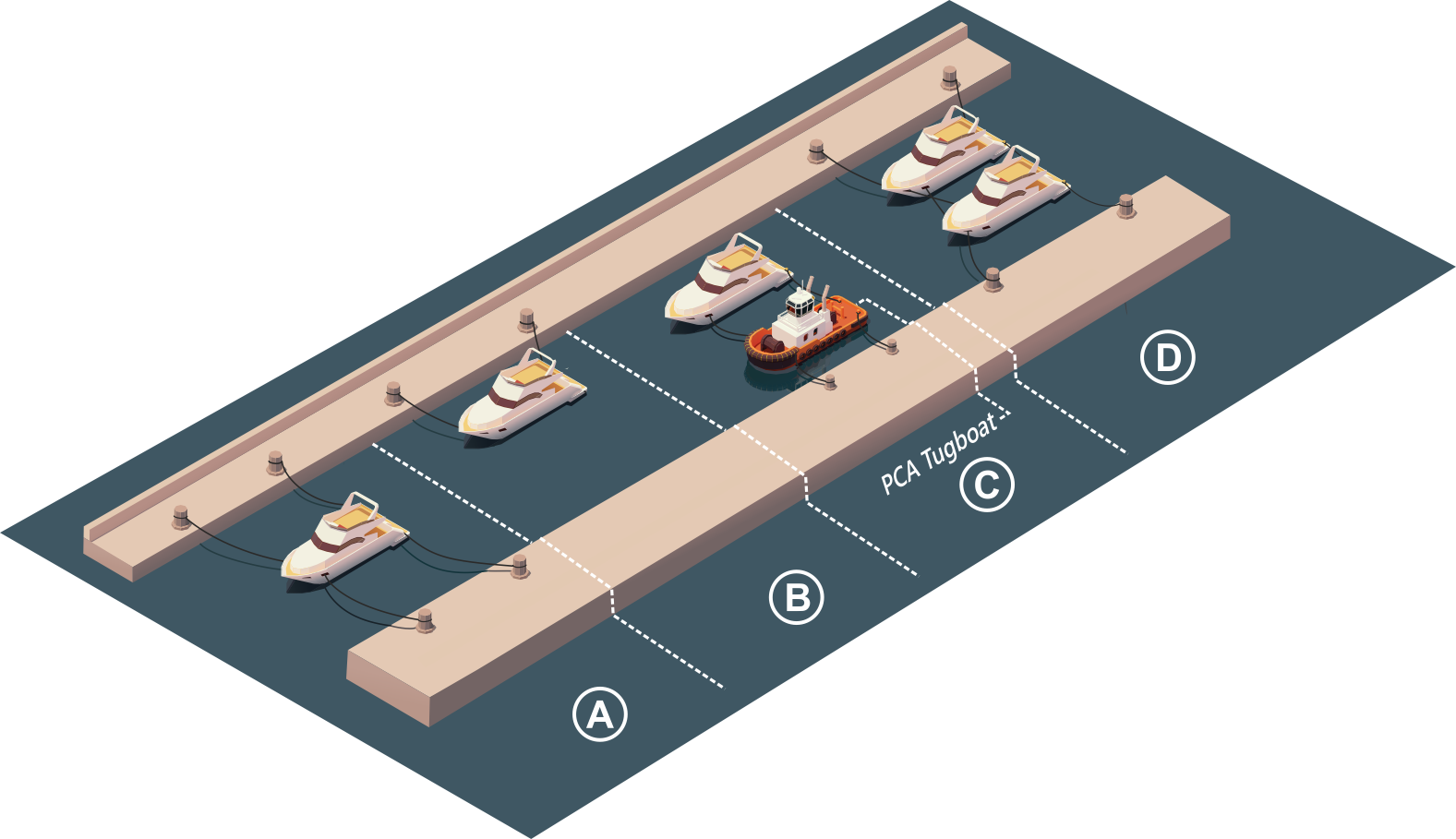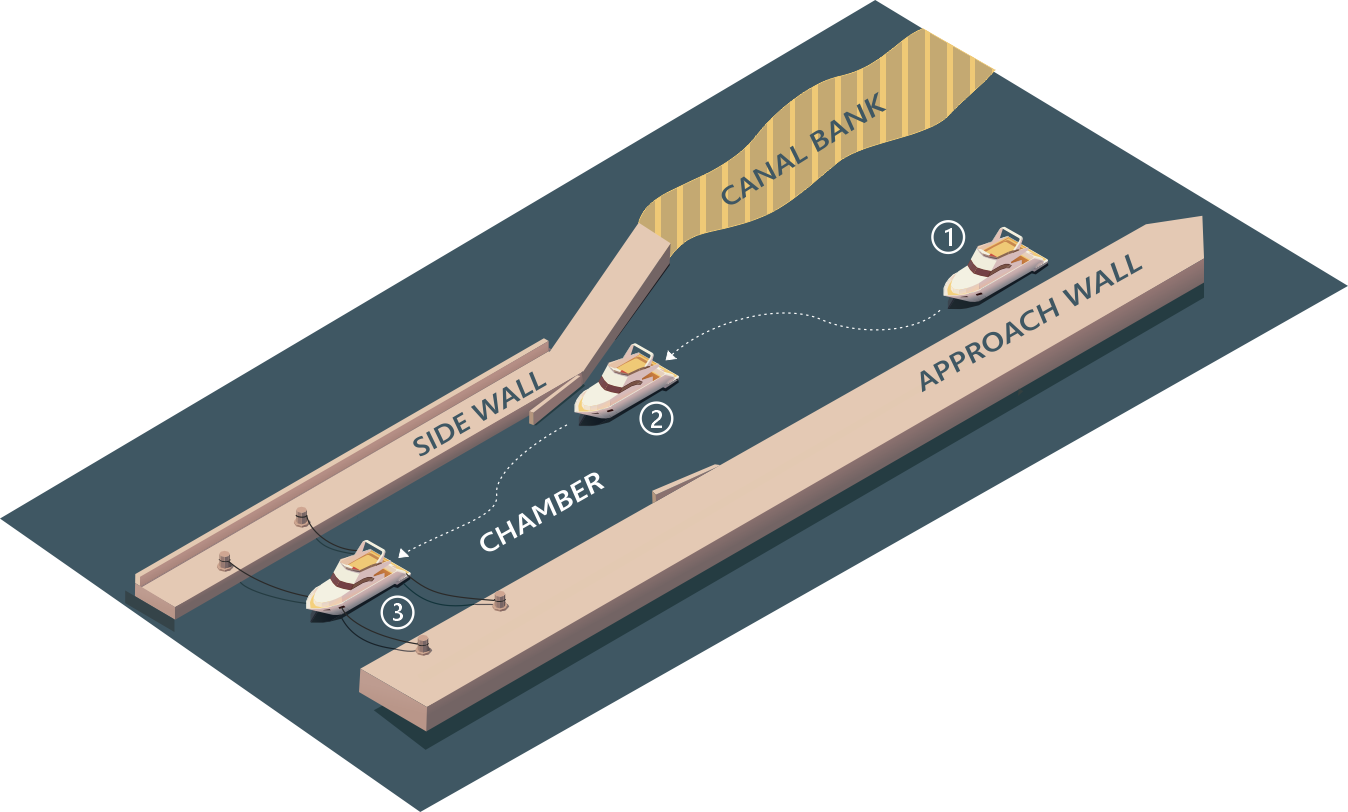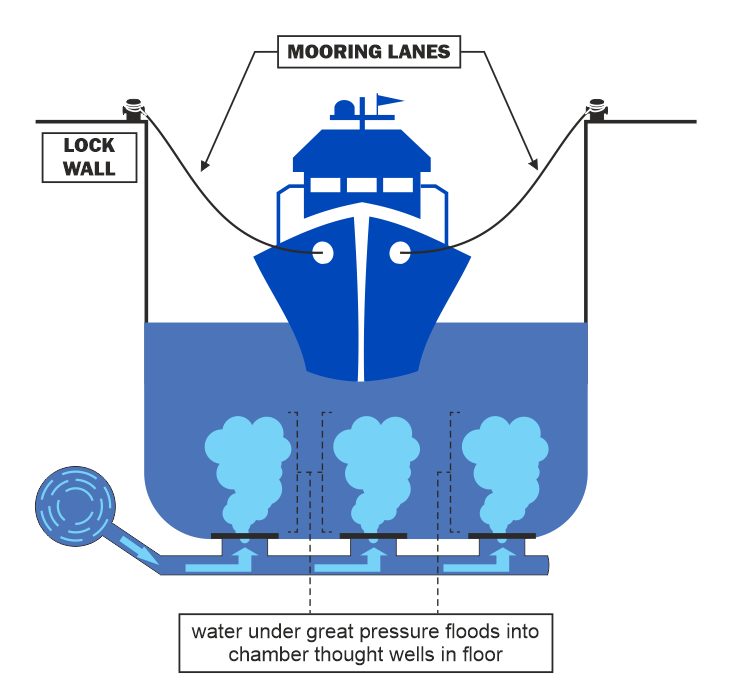Small crafts (up to 38.1 m / 125 feet of LOA) Prior arriving to Balboa (at the Pacific entrance of the Panama Canal) or Cristobal (at the Caribbean side), Pre-arrival information is to be submitted to the PCA’s system, preferably, through an authorized agent.
This information is reviewed by the PCA Admeasurement Unit and once verified and approved, the boat will be allowed to request a transit date. This requested transit date will be subject to the current number of small crafts waiting for transit and will be programmed based “first come first served” basis, and the way of “lockage” for transiting the Canal, the skipper selects (Center chamber, sidewall, alongside PCA tugboat or nested). Small crafts cannot obtain a booking slot to transit on a specific date.
The above-mentioned admeasurement department will inspect and determine the tonnage of the boat. The tolls are calculated based on the Panama Canal (PC/UMS) Net Tonnage or the length overall of the craft, thus, it is very important to provide accurate dimensions of the boat through certificates.








